Strictly Come Dancing: Why Rose Ayling-Ellis delights deaf dancers
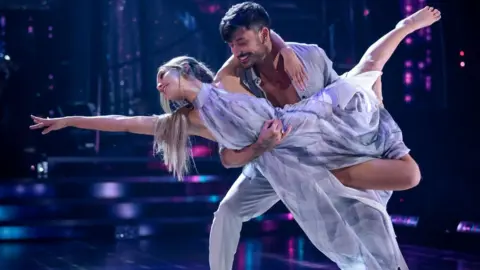 Guy Levy/BBC
Guy Levy/BBCStrictly Come Dancing's first deaf contestant Rose Ayling-Ellis is due to take to the dance floor in the grand final. We speak to three deaf dance fans about what her success means.
Rebecca Withey, a performing artist and deaf blogger, believes Rose's captivating footwork has helped deaf awareness take great strides forward.
Rebecca, from Derby, who was diagnosed with high-frequency hearing loss at the age of four and became profoundly deaf at 18, writes for a deaf blog called The Limping Chicken and saw one of her pieces shared by Rose and her professional dance partner Giovanni Pernice on Instagram.
In the piece, Rebecca wrote about the couple's use of techniques such as eye contact, muscle memory and physical touch to craft their dazzling performances.
"Giovanni isn't working in spite of Rose's deafness," she wrote. "He's working with her ability to receive visual, physical and energetic cues from the environment around her."
Many hearing dance fans have been surprised at the abilities of Eastenders actress Rose, who has seen some of Strictly's most impressive-ever results.
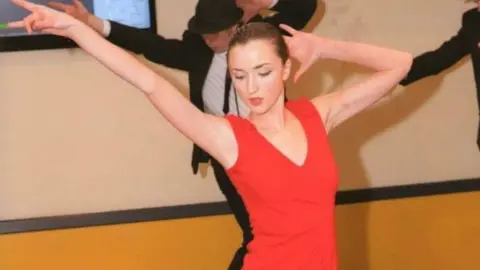 Def Motion
Def MotionRose and Giovanni achieved the show's earliest perfect score of 40 in week six.
The couple were also praised for including a silent moment in their dance in week eight.
Rose herself has spoken about how she counts the rhythm for each dance and has a British Sign Language (BSL) interpreter with her during shows and rehearsals.
"I want to break down the stereotype that deaf people can't dance and can't enjoy music," she has said.
Rebecca says it means so much that the couple approved of her thoughts on their partnership.
"I respect how they've tackled this competition and genuinely think they've won already," she says.
Rebecca believes there are too many assumptions about what deaf people are capable of achieving on the dancefloor.
She has been dancing since the age of three, starting at a local ballet school.
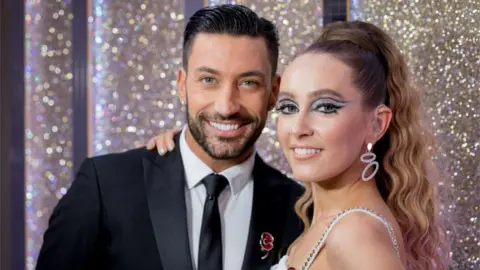
"When I started getting dance solos, aged six, and getting the highest exam scores in my entire school I realised I must be good," she says.
However, she says she does not attend dance classes currently because they are exhausting to follow and she finds it hard to fit in socially.
"When I did, pre-Covid, the teachers would assume I'd be terrible and comment afterwards 'oh my goodness, you're so good', like being deaf meant I'd be an awful dancer," she says.
There are many techniques Rebecca uses to stay in sync with the music.
"When you repeat a routine enough it becomes ingrained in your body," she says.
"I [have] spent hours at home with my ears pressed up to a speaker, studying and learning songs and their rhythms and memorising them."
Rebecca says having a deaf contestant on a mainstream show is an absolute dream come true and is breaking boundaries and changing stereotypes.
"It's important for deaf children to see themselves represented on screen and for BSL to be seen and normalised as much as possible," she says.
"Through Rose, I hope mainstream society will see deaf people have much more about them than just their deafness.
"I hope Strictly is just the start... but it'll be interesting to see what happens next."

'Dance is joyous... but deaf people can be put off'
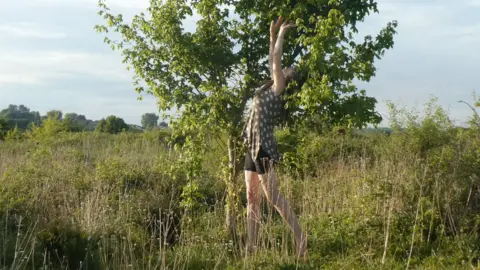 Phil Rose
Phil RoseDance teacher Sara Marshall-Rose says dancing has been part of her life ever since she was a little girl.
"It was never not a possibility," says Sara, 51, from Derby, who has been deaf from birth.
"I have always enjoyed jumping around, being active and dancing."
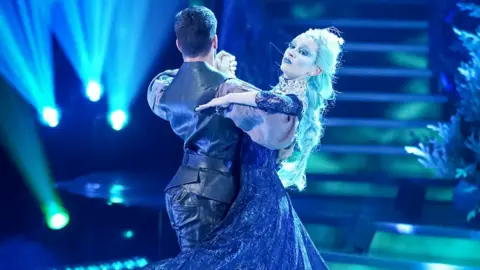 BBC/Kieron McCarron
BBC/Kieron McCarronBut the more formal rigours of dance classes were, Sara says, a quite different matter.
She had to learn to dance by spending many years observing others, as well as "tapping into the bass rhythms".
"I learned the rhythms, timing and movement primarily from watching, over and over again, and self-teaching at home until I felt confident enough to attend groups or classes and give dance a go," she says.
As Sara is not profoundly deaf, she is able to process some audio.
"I sense the sounds," she says. "[I] prefer to work with live musicians as the sound waves move differently through the air to recorded music.
"I take a very long time to learn moves.
"I need to repeat them over and over until they are completely in my body."
Sara says she also counts rhythms but finds it is easy to lose count.
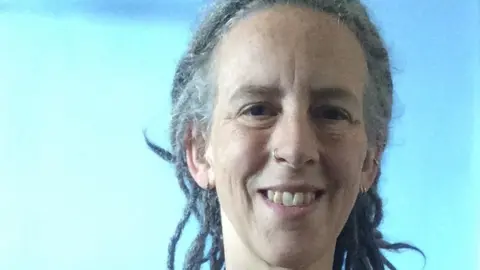 Sara Marshall-Rose
Sara Marshall-Rose "When dancing with others I am very dependent on the cues from other dancers," she says.
"I particularly find touch useful in giving the cues. Other dancers know when the beats start but often I don't hear the beginning of musical pieces so I am cued in by others."
She says she did not understand why it had taken Strictly so long to include a deaf contestant but added she was really pleased it had finally happened.
"The effect it has had on viewers has been amazing for deaf, hard of hearing and hearing people," she says.
"Anyone can dance and it is important for all dance teachers to have awareness of different approaches to teaching.
"Dance is a joyous activity but people can often be put off by the limitations of the teachers."

'It's unexpected and wonderful'
 Graeme Braidwood
Graeme BraidwoodSuch limitations have proved an obstacle for other deaf dance fans.
Billy Read, from Wolverhampton, says he had to teach himself to dance because he found no accessible classes for deaf people.
Billy, who became profoundly deaf at the age of three, says: "I was very inspired by Michael Jackson's music videos.
"As a deaf person I found his music and performances extremely visual and dynamic.
"I taught myself all of his famous moves and choreography, and that's how I got into dance."
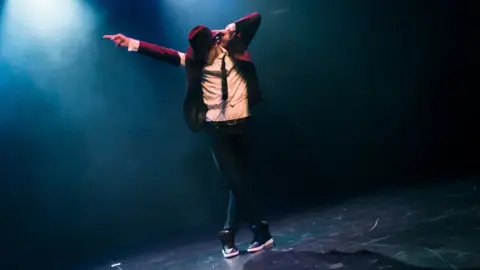 11GRAPHY
11GRAPHYBilly, 33, started dancing when he was 21 and is now a dance teacher, using BSL and an interpreter for pupils who do not use sign language.
"When teaching dance, especially with deaf participants, it's important to establish the rhythm and visual cues," he says.
"Breaking down the routine is very important, as is going through it slowly, repeating it over and over until everyone is confident, and then trying it with the music."
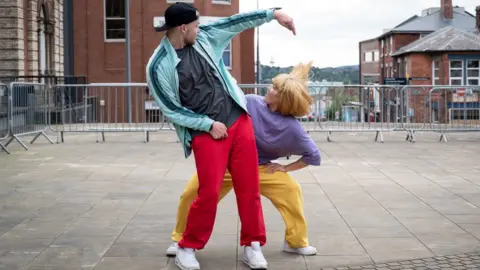 Graeme Braidwood
Graeme BraidwoodBilly says he loves dance because it allows him to express his emotions.
"It makes me happy, as well as feel good physically," he says.
He added that the impact of Rose's success on the deaf community and the perceptions of hearing people was "incredible".
"It's very unexpected but at the same time wonderful that more and more hearing people are starting to learn sign language, or at least making an effort to approach deaf people, and be deaf aware," he says.
"It's about time a popular TV show has put a spotlight on a deaf person who signs."

Follow BBC East Midlands on Facebook, Twitter, or Instagram. Send your story ideas to [email protected].
